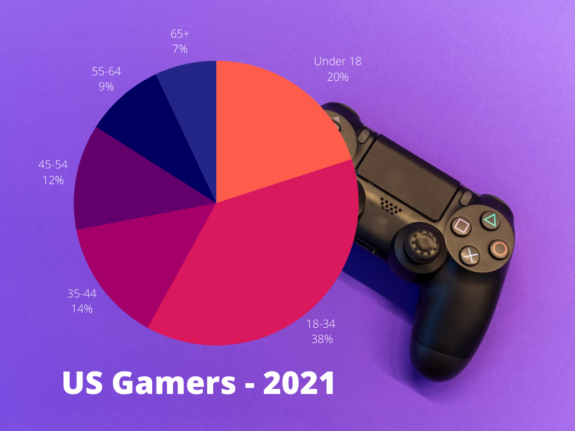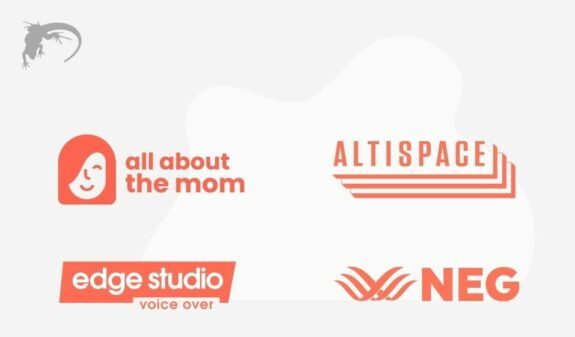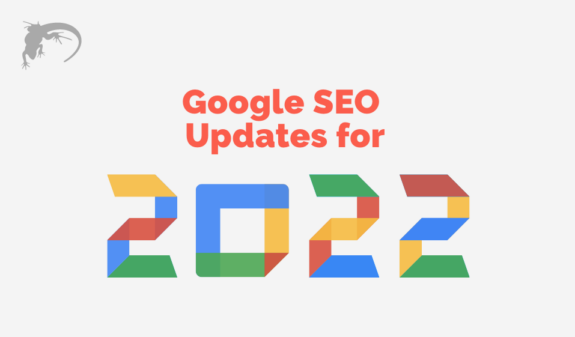The Metaverse is Calling — Is Your In-Game Advertising Strategy Ready?

So, who is the most misunderstood and undervalued segment in the digital marketing and advertising world today — Gamers!
Gaming, and particularly, the Metaverse, got a real boost during the pandemic where you had tons of people with time on their hands and all the technology in the world. In the US alone, there are estimated to be 227 million gamers and they spent $51.7 billion in 2021.
Don’t be fooled by the old idea that gamers are 17 year old guys playing video games in their parent’s basement. Today’s gamers are an average age of 31 and 45% are women. They have money to spend, and they are willing to spend it on entertainment and experiences which they can get in the gaming ecosystem without ever leaving their gaming chair.

Source: Statista.com
How Do People Access Gaming?
In-game advertising has been around (but undervalued) for years! Who hasn’t hit ‘play video’ to get one more game of Candy Crush or Wordle (owned by the New York Times) on their mobile device? It’s no accident that the holiday season sees a major spike in sales for Nintendo, Sony Playstation 5, and Microsoft Xbox.
Today, the game industry and game developers are part of a huge segment of the entertainment sector. Many are publicly-traded on the NASDAQ — Microsoft made $16.3 billion in gaming in 2021. Developers like Activision Blizzard, Mythical Games, and Tencent are some of the biggest names in gaming and are fully immersed in the Metaverse going into the future.
As gaming expands, expect to see a rise in Virtual Reality (VR), Augmented Reality (AR), and the Metaverse. Gaming is also expanding in the cloud where you will see more games offered by subscription like movie streaming services.
In fact, in 2020 gaming grew by 27% or almost $57 billion in revenue which is more than movie and music streaming combined.
What does that mean for the game advertising market? More opportunity to reach audiences through free, ad-supported content options.
Types of In-Game Advertising
Some are incentivized and reward the player, some are selective where the gamer actually chooses to participate, and some are what’s called ‘ad-gated’ where the gamer has to watch an ad before continuing the game.
- Static In-Game Advertising — Old-school and embedded into the game, these can’t be changed once released to the public (think old CD-Style games). An example would be Major League Baseball 2K8 – it has advertisements all along the outfield fence, like in a real baseball park, except these are actual advertisements.
- Dynamic In-Game Advertising (DIGA) — What you see today is usually DIGA. Games are internet connected and ads can be changed, updated, and made more relevant as algorithms determine. This gives the gaming experience a customized feel and targets digital advertising as people play games.
- Advergaming — This is when the game IS the advertisement. Lord of the Rings! Jurassic Park Gold! Doritos VR Battle! Star Wars Jedi: Fallen Order! Chipotle Scarecrow! One of the most successful advergaming examples is Lego who partners with movies (Star Wars, Batman, The Incredibles) and designs products around their games. (Look for Lego in the Metaverse partnering with Epic Games.)
Whether in-game advertising shows up like traditional banner ads at the bottom of your game screen or are integrated directly into the game (like sponsors at a Grand Prix road race), users are rewarded for watching video content through in-game marketing.
Will the Metaverse Change In-Game Advertising?
Absolutely — more like expand it! Described simply (if that’s even possible), the Metaverse is a shared virtual space that’s designed to merge the virtual universe with reality.
Think of it like this:
- It’s perpetually active, it never stops
- It’s self-contained and exists in real-time
- Every user, or player, has agency – they have control (and consequences) for their actions
- It’s based on user-generated content which means that users can create content to be used and enjoyed by other players
While the Metaverse is still in its incubation or infancy as far as development goes, it basically works with users developing and participating in virtual worlds that evolve and expand based on user interaction within that particular space. So, there’s no end — it continues to expand as more users participate.
Digital Marketing in the Metaverse
There are multiple ‘Metaverses’ being developed at hyper speed like Decentraland, Horizon Worlds (from Meta – formerly Facebook), Sandbox, and NFT Worlds (which has 10,000 virtual worlds built as NFTs on the Ethereum blockchain). The problem is that you can’t easily move your avatar from one metaverse environment to another creating the need for multiple avatars.
However, technology is catching up and then there will be a true universal landscape.
For now, major companies, celebrities, and influencers have already jumped in and are developing ‘worlds’ where they sell land, housing, boats, art, non-fungible tokens (NFTs), the list goes on. We’re talking big dollars!
As an example, Coca-Cola is currently auctioning their Vintage Cooler NFT online. It’s being offered for 1,000 Ethereum Crypto Coins which translates to a price of $3,220,130 (based on today’s valuation of Ethereum, of course). Yes, you read that right — $3,220,130!
So how does your company compete in this new virtual space? Here are six ways to raise brand awareness and sell products or services in a Metaverse environment:
- Product Placement — Product placement is already huge, and users appreciate the clever ways companies are finding to feature their products. Take Hasbro — they recently partnered with the Roblox Metaverse platform to offer NERF Blasters on several of their online games. Hasbro has since developed a line of toys based on the online games. They have also developed a Roblox Monopoly board game where you ‘buy and sell’ Roblox experiences that can be used…wait for it…on the Roblox Metaverse platform. Genius!
- Ad Placement — Clever placement of ads is virtually unlimited in the new Metaverse environment. Think billboards, signage, bus stop signs. Logos can be placed on shirts, hats, products of all kinds. In this new environment, ad placement is only limited by imagination.
- Events — Musicians and bands are partnering with platforms to perform live concerts. One recent concert had 12 million live viewers (or 600 Madison Square Gardens filled to capacity) and offered ad and product placement opportunities, as well as sponsored advertising during intermissions.
- Experiences — Experiences are big and the Metaverse offers unlimited creative opportunity. For example, Gucci recently opened a fantastical virtual Gucci Garden on Roblox that features a recreation of their most popular advertising campaign sets. Users can wander through multiple gardens where mannequins show products in real time. Your can order merchandise or buy virtual products. A virtual Gucci handbag recently sold for over $4,000.
- Owned Space — Open your own Metaverse platform where you can create a virtual world that features your products. This can be especially effective for businesses like commercial real estate brokers who can craft their latest high-end offerings and invite people to tour and interact online.
- NFTs — Launching a series of NFTs can be highly lucrative when offered for sale within the crypto exchanges or the Metaverse itself. Nike recently bought a virtual shoe company that markets digital shoe NFTs while also tying them into their physical shoe products (both for sale).
Adding In-Game Advertising as Part of Your Digital Marketing Strategy
Whether you focus on in-game advertising or set up a brand new virtual world in the Metaverse, here are some ideas to incorporate:
- To Monetize or Not — Whatever you plan or strategize, be sure it can be monetized effectively if that’s your end game. If you are developing a brand awareness campaign, then monetization is not the end result. Be clear on what you are trying to accomplish and design your campaign accordingly.
- Monitor Your Strategy — Use A/B Testing to gauge campaign effectiveness. Many gaming entities and Metaverse platforms offer great analytics. Be sure your customers are responding to your efforts.
- Segment Users — You can tailor ad experiences to segment users just like with Facebook or Instagram. Target those users who would find value in your product or services.
- Be Sure to Choose the Right Type of Ads — Turns out that videos rewarding the player with extended play are more popular for matching and puzzle-type games, while offerwalls work well with strategy games. Know your customer and choose in-game advertising that works well for them.
To Sum Up
There is a gaming community that is actively engaged, participatory, and spends many hours playing by themselves or with others online. They grew up with product placement in the movies and television shows they watch and are deft at absorbing the message. They are receptive to in-game marketing and advertising and actually appreciate it when done in a clever way.
In today’s business environment, in-game advertising and digital marketing go hand in hand and should be part of your overall digital strategy. Plus, with today’s advances in technology, marketing effectiveness can be easily tracked and targeted within the gaming industry.
Contact Lounge Lizard, an in-game advertising agency, to learn more about how your business can leverage the gaming and Metaverse landscape to grow your business.





